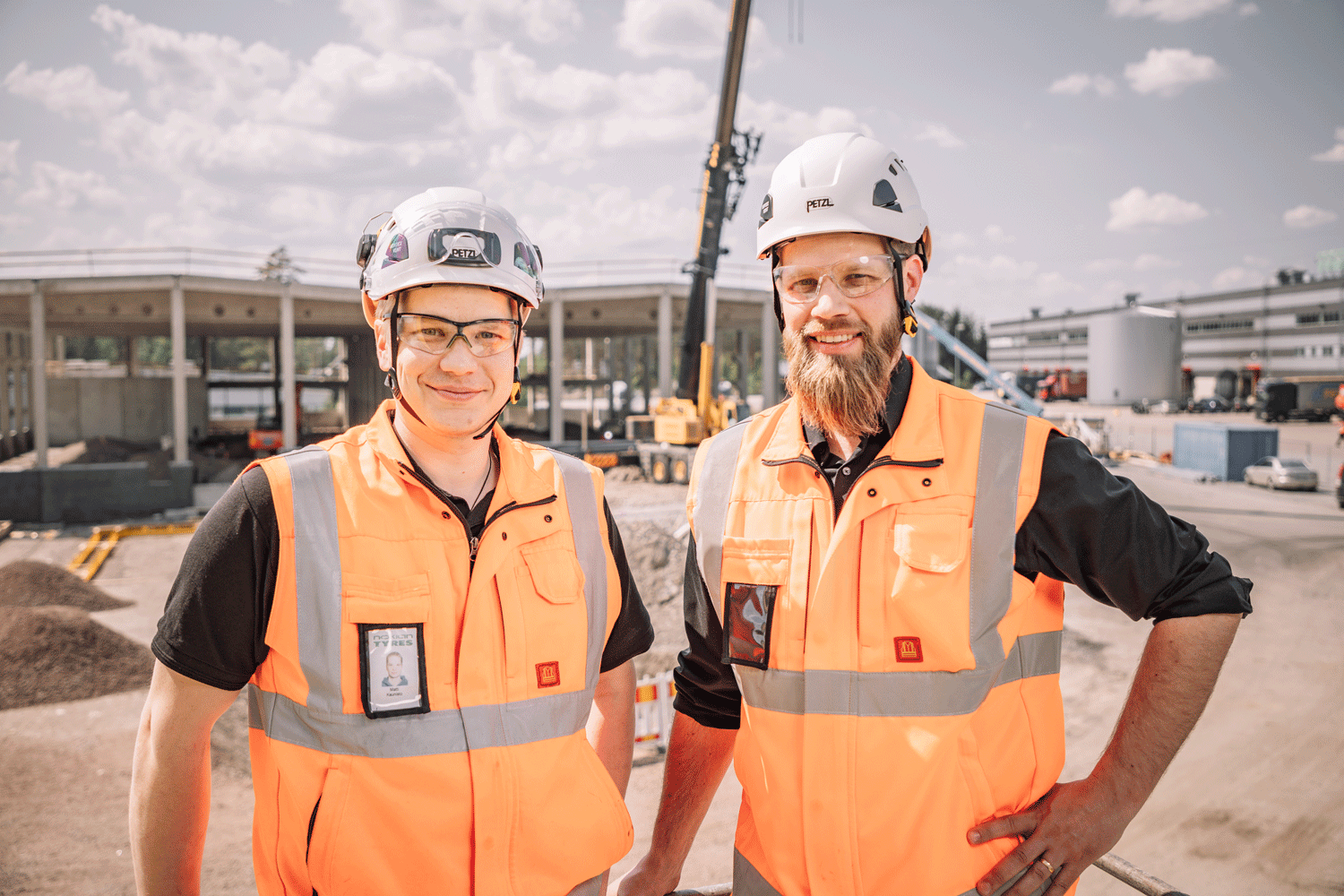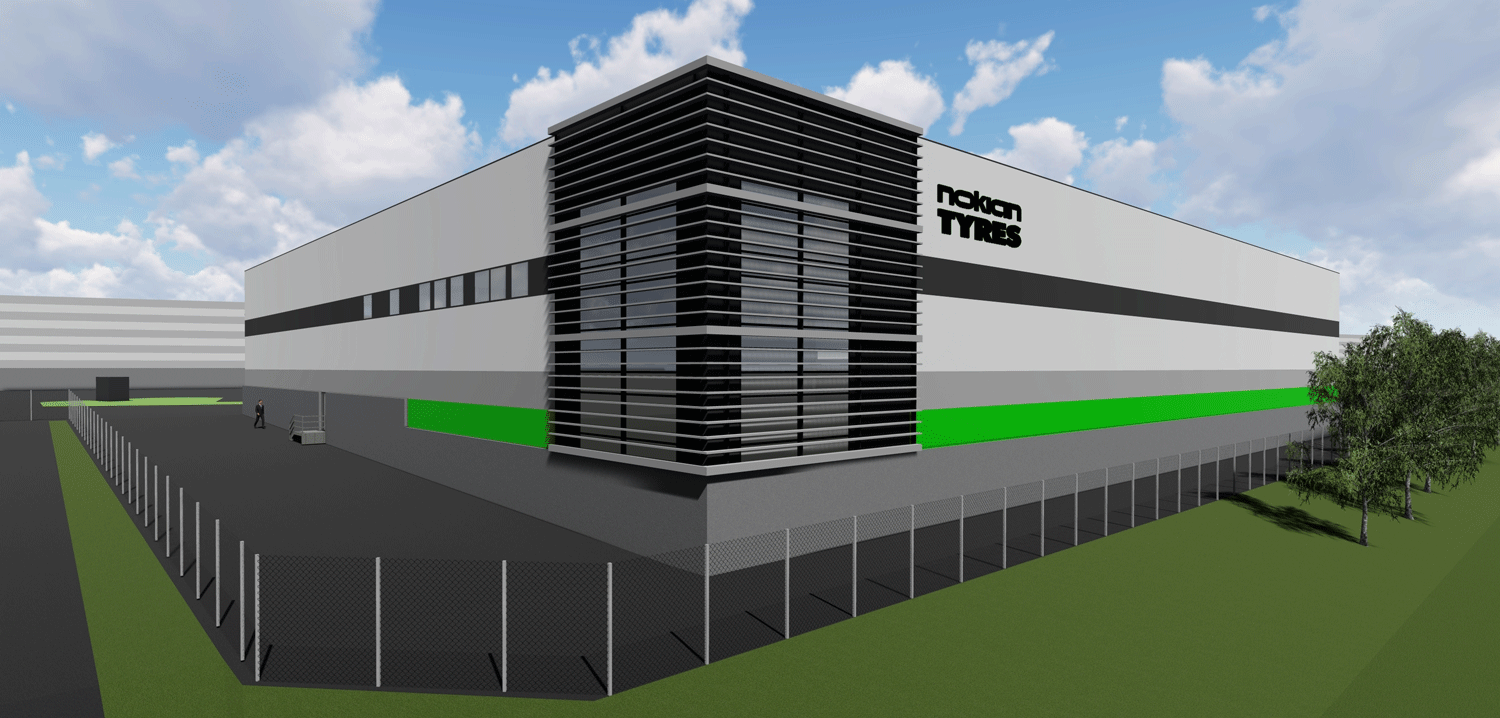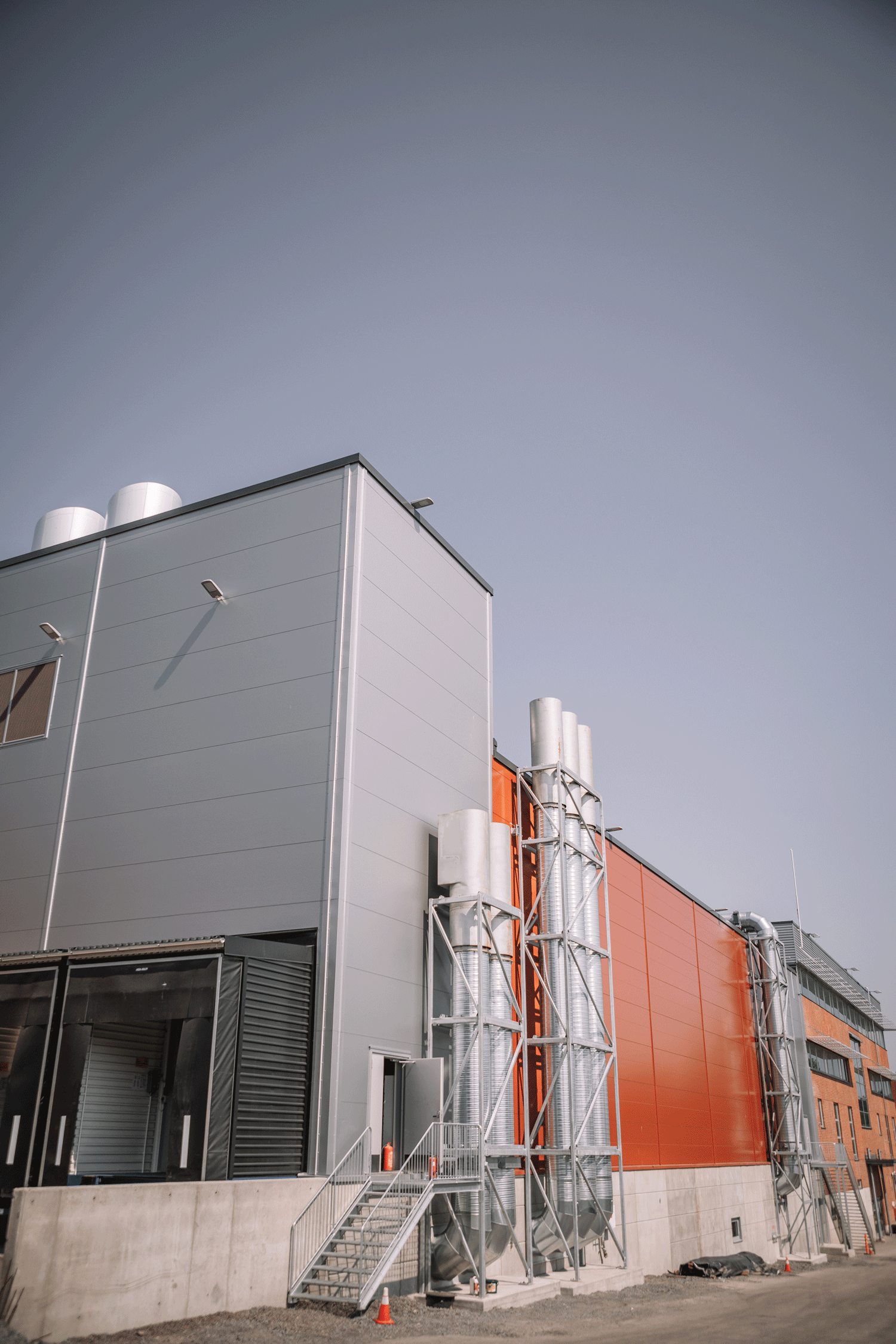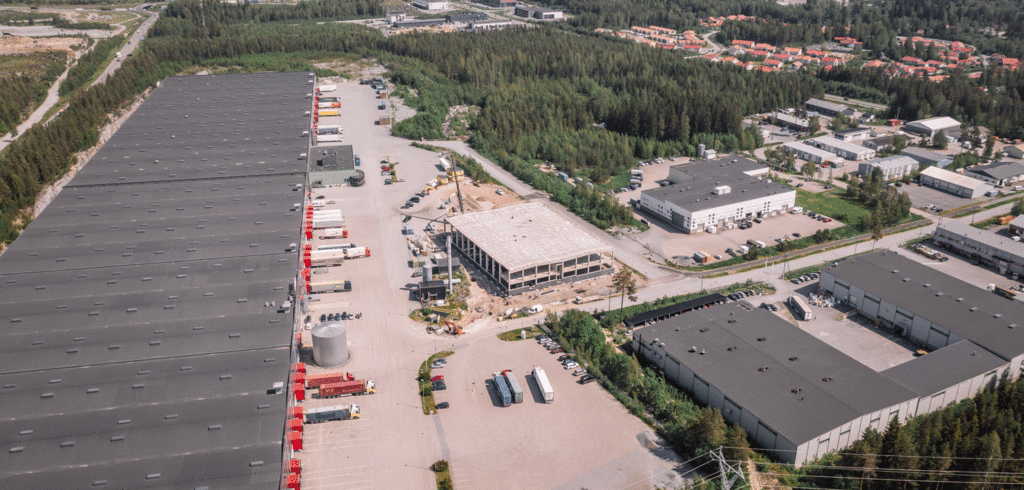In 2018, Nokian Heavy Tyres announced its plans to increase production of commercial tires by 50% in Finland and more than double the amount of new products, with a €70m investment in production and product development.
Now the company’s vision is quickly becoming a reality. After months of planning and shaping the building information model, the vast new 3,500m² R&D building in Nokia, Finland, is taking shape.
Matti Kaunisto, development manager at Nokian Tyres, who created the model, said, “Seeing it on a screen is one thing, but being able to go there is another. The scale is difficult to comprehend on a computer screen, but once you are standing there you really sense the size.”
At the moment, hollow-core slabs are being laid, and plans for machinery installation are well underway.
“The construction schedule was ambitious, but we have kept to it well. Once the building is finished, it will boost our innovation and speed-up time-to-market.”
Factory expansion
Expansion of production capacity in Finland is also complete. Initially there were some setbacks, but the plans eventually got back on schedule.
Plant director Pasi Antinmaa revealed, “The building is erected, and the installation of machinery is in full flight. We will reach full capacity in 2021 as stated. The next milestone will be implementation of highly automated visual inspection and tire buffering storage in August, taking advantage of the scheduled annual maintenance break.”
Agile construction
Expanding a working factory can be a bit like fixing a bicycle while riding it. At Nokian Tyres, careful planning with agile management has proven to be a winning combination. “By implementing a lean model, we have been able to increase our delivery ability by 15% this year – in the middle of the ongoing renovations. Good planning, anticipation and collaboration have made this possible,” Antinmaa said.
But thinking ahead does not mean rigidly sticking to the plan. “Originally, the construction of a new tire curing line was going to start at one end of the factory, but we had to change this to minimize disturbance to production, so the quick change of plans paid off.”
In addition to enabling more capacity and future growth, the new facilities serve an important role in supporting smoother flow and safer work.
R&D director Kalle Kaivonen, said, “The old facilities were too small. Now, tire testing and production planning are more integrated.”
Planning, construction and setup are important steps, but the real hard work comes from the people involved in the process. “The goal of the investment is to produce 50% more and to more than double the number of new products. We have done a lot of recruiting to build a team that’s enabled this to happen – and it’s been successful,” commented Kaivonen.
According to the expert, the new team members have learned the ropes quickly. “In such a complex process, there is a lot going on and challenges are inevitable. Pulling it off so well, with the old and new employees complementing each other, gives credit to the whole organization.”
Making this growth happen is not just about adding resources, it’s about making the most out of the existing ones, the company says. This calls for flexibility, efficiency and innovation.
“In the big picture, our products help utilize planetary resources better. Our biggest R&D stakes are in the agricultural segment, where it’s all about making the most out of existing farmland in a sustainable way. Highway transportation, carbon footprint, fuel consumption, friendliness to the soil – new tire technologies are very much linked to global food production,” Kaivonen concluded.






